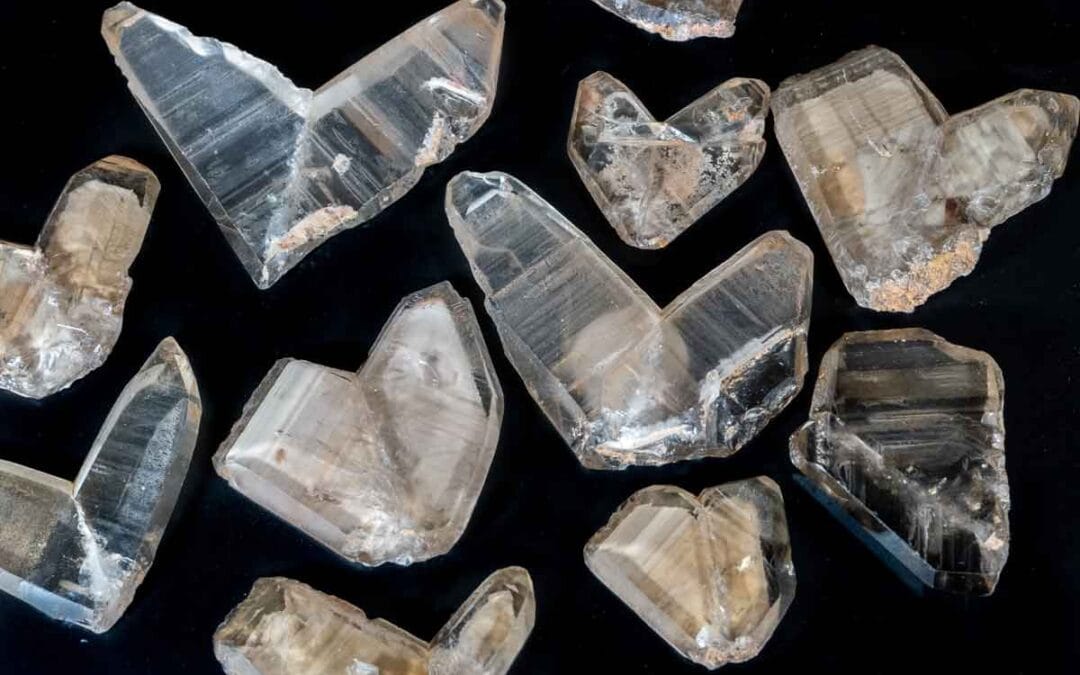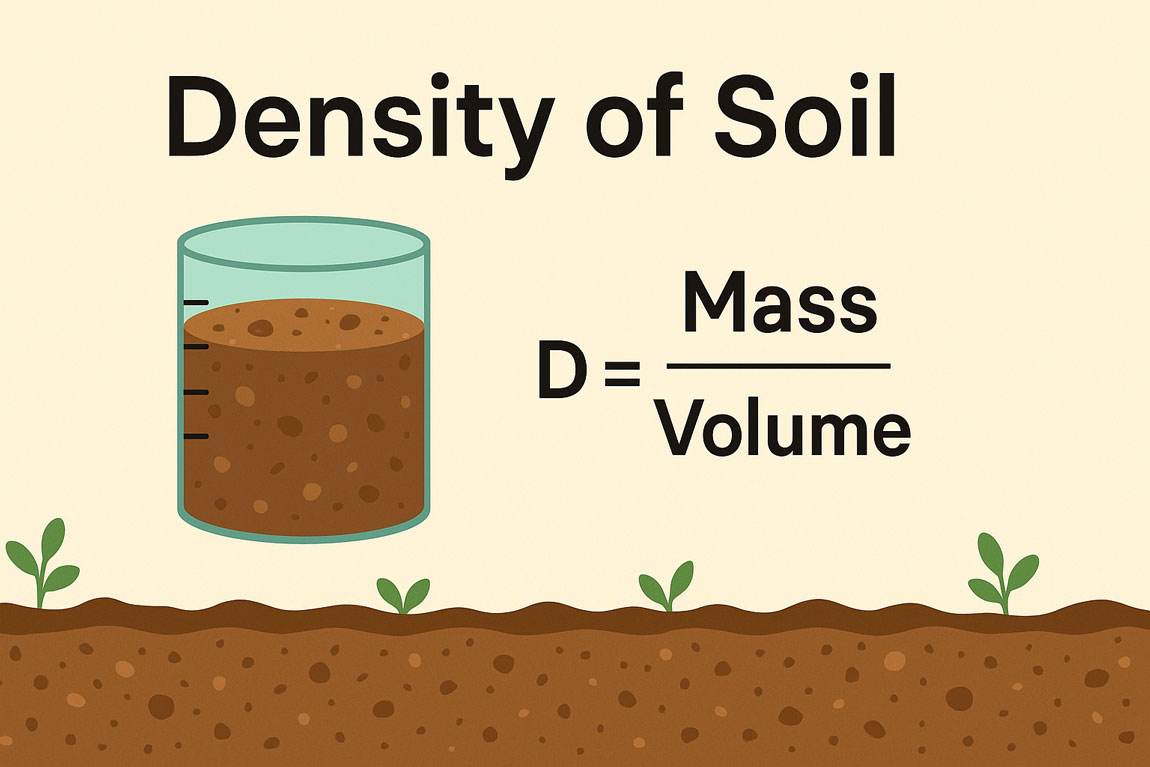Crystal twinning is the symmetrical intergrowth of two or more crystals, related by a symmetry operation known as a twin element. Twin elements can include mirror planes, rotation axes (typically two-fold), and rotation inversion, which are distinct from the natural symmetry elements of the crystal.
Simple Crystal twinning:
Simple crystal twinning is when two crystals grow together in a symmetrical pattern, sharing parts of their crystal structure.
- Penetration twinning: Staurolite twin, Carlsbad twin, Fluorite twin.
- Contact twinning: Octahedral twin, Japan twin in Quartz.
Multiple Crystal twinning:
Multiple crystal twinning occurs when three or more crystals are symmetrically intergrown, following the same twin law.
- Cyclic twinning: Successive planes, not parallel. Example: Chrysoberyl twin.
- Polysynthetic twinning: Albite twin.
Crystal Twinning Mechanism:
Twinning Growth:
Growth increment cluster adds without twin orientation. Epitaxial is more stable than random. (Not all epitaxial are twins). Simple penetration twinning is a special type of growth where two crystals are joined in a particular orientation.
Example: Feldspar: Plagioclase: Triclinic Albite law striations.
Transformation (Secondary):
Transformation is observed in SO2. At high temperatures, SiO2 has higher symmetry—high Quartz → Low Quartz.
Example: Feldspar: Orthoclase (monoclinic) → Microcline (Triclinic), K-Feldspar: larger K → lower temperature of transformation.
Deformation (Secondary):
Results from shear stress. Greater stress → Gliding, and finally rupture. Also in feldspars, plagioclase, calcite.
Three ways of twinning originate:
Twinning can originate in 3 different ways.
Growth Twins:
When an accident occurs during crystal growth, a new crystal is added to the face of an already-existing crystal. Twinning can occur if the new crystal shares lattice points on the face of the existing crystal but has an orientation different from the original crystal. Such growth twins can be contact twins, as illustrated here, or can be penetration twins. All of the twins discussed so far are growth twins.
Transformation Twins:
It occurs when a pre-existing crystal undergoes a transformation due to a change in pressure and temperature. This commonly occurs in minerals that have different crystal structures and different symmetry at different temperatures and pressures.
Dauphine and Brazil twinning in Quartz commonly form in this way during a decrease in temperature.
Deformation Twins:
During deformation, atoms can be pushed out of place. If this happens to produce a symmetrical arrangement, it produces a deformation of twins. The mineral calcite can be easily twinned, producing polysynthetic twins.
Five cases of twin formation:
- By intergrowth of small crystals after their accidental contact during growth in a position conducive to twinning.
- By parallel superposition of molecules on a twin nucleus which has sprung up from two or more molecules.
- By superposition of molecules in a twinned position of a large crystal.
- By transition of one crystallographic modification into another.
- Under the influence of mechanical factors.
Twins in the crystal systems:
| System | Twinning |
| Triclinic | Polysynthetic, Albite twinning, Tortan twinning in microcline |
| Monoclinic | Shallow-tail twinning: Simple twinning in gypsumManebach twinning: Planes are parallelBaveno twinning: Intrusion in twin plane at the cornerCarlsbad interpenetration twinning: Twinning from one side (vertically) |
| Orthorhombic | Contact, Petetration, Cyclic |
| Tetragonal | Contact |
| Hexagonal | Partial cyclic and double-sided shallow-tail, Polysynthetic |
| Isometric | Simple or Penetration twinning. |






